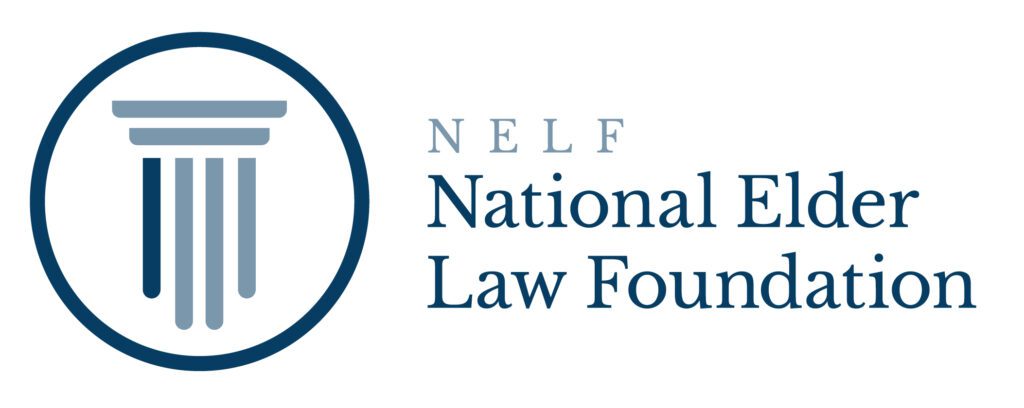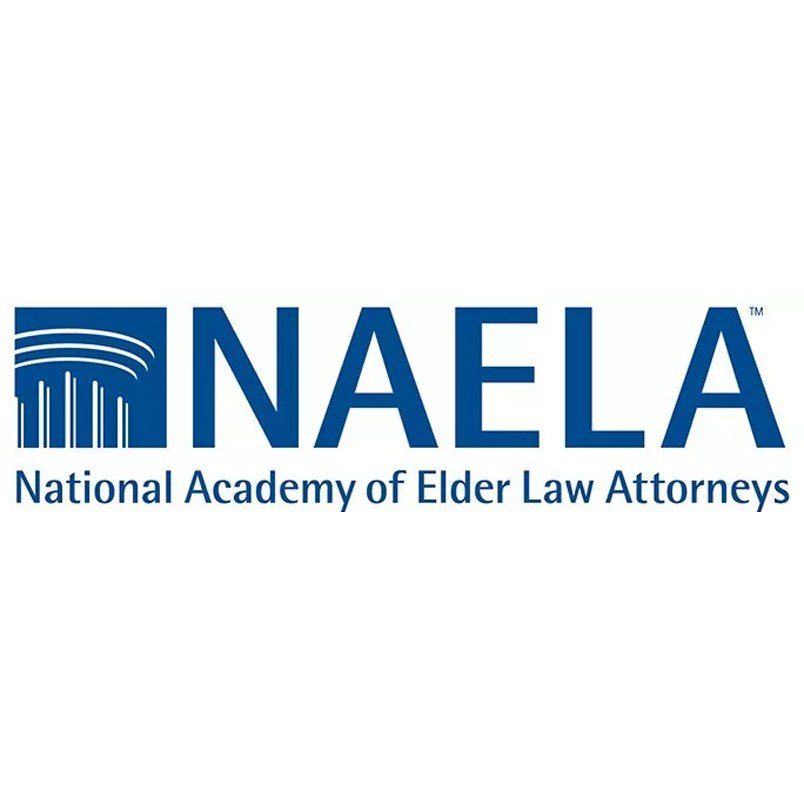A reverse mortgage allows homeowners who are 62 and older to tap into their home equity without having to make current payments on the loan. The loan amount plus accumulated interest gets paid off when the homeowner moves or the house is sold.
The reverse mortgage (typically a Home Equity Conversion Mortgage or “HECM”) is one method seniors can use to obtain the money they need to stay in their homes longer as they age. Most reverse mortgages are insured and regulated by the Federal Housing Administration (FHA).
These loans are complicated and pricey and some seniors have tended to borrow too much, too soon, and run into later problems. Still, they do offer an important source of money to meet the financial and care needs many face in retirement.
The recent “Great Recession” financial crisis put serious strains on the reverse mortgage program. Financially strapped homeowners withdrew and spent all the available cash and were sometimes left unable to pay the taxes and insurance on their properties. This could result in foreclosure. And declining home values meant that lenders were sometimes unable to recoup the full amounts due them when the homes were eventually sold.
As a result Congress passed the Reverse Mortgage Stabilization Act of 2013 which directed FHA to establish additional rules to improve the fiscal safety and soundness of the program. The new rules were published in the Federal Register in September 2013. See, Changes to the Home Equity Conversion Mortgage Program Requirements. Many of the new rules took effect on September 30 with additional provisions becoming effective on January 13, 2014.
Financial writer Tara Siegel Bernard described some of these changes in an article in the New York Times, Tighter Rules Will Make It Harder to Get a Reverse Mortgage. The following summary is adapted from her article.
FIRST-YEAR LIMIT There will now be a limit on the amount of money that can be withdrawn in the first year. A homeowner eligible to withdraw a total of $200,000 in cash, for example, would be allowed to get only $120,000, or 60 percent of that sum, in the first year.
LOAN AMOUNTS The maximum amount of cash you can withdraw still largely depends on the age of the youngest borrower, your home value and the prevailing interest rate. (The older you are, the higher your home’s value and the lower the interest rate, the more money you can withdraw.)
Starting on Sept. 30, however, many prospective borrowers will have access to about 15 percent less home equity, on average, than the maximum amount [previously available].
With a mortgage rate of 5 percent, that means a 62-year-old will be able to withdraw up to 52.6 percent of the home’s appraised value, minus fees, under the new rules, according to the F.H.A.
PRICING Part of the mortgage’s cost will now be based on the amount withdrawn. If borrowers take out more than 60 percent of the total amount available in the first year, they will have to pay a higher upfront fee: the upfront mortgage insurance premium, which can be wrapped into the loan, will be 2.5 percent of the appraised value of the property. Everyone else — that is, people withdrawing less than 60 percent — will pay 0.5 percent of the value of the property.
The second fee, known as the annual mortgage insurance premium, will remain at 1.25 percent of outstanding loan balance.
FINANCIAL ASSESSMENT Lenders will also be required to ensure that homeowners can afford to make all the necessary tax and insurance payments over the projected life of the loan. Starting Jan. 13, lenders will analyze all income sources, which includes any earnings as well as pension income, Social Security, individual retirement accounts and 401(k)’s, among other things. A borrower’s credit history will also be factored in.
SET ASIDE If a lender determines that you may not be able to keep up with property taxes and the required flood and hazard insurance payments, you will be required to set aside money (depending on your situation, it may be charged to your credit line or deducted from your payments), which means less cash in your pocket.
This requirement could disqualify many borrowers.
Most commentators seem to like the new rules. There are hopes that the changes will protect both consumers and lenders and revive the reverse mortgage market. Alicia H. Munnell, who directs the Center for Retirement Research at Boston College, writes:
“All these changes should be viewed as positive. The limit on first-year withdrawals will reduce the likelihood that borrowers will spend their money and be left without a buffer to allow for future needs. The financial assessment will ensure that the people taking out a reverse mortgage will not be forced into bankruptcy by failing to pay taxes and insurance. [Other changes] will make the program easier to understand. A better customer experience combined with slightly higher fees and slightly lower loan amounts will also take pressure off the insurance fund.” [New rules could revive reverse mortgages, Marketwatch, Oct. 9, 2013]
As Ms. Munnell notes, “We need this program to work well, because people are going to need the money.”
Further Reading
New rules could revive reverse mortgages, Alice Munnel, Marketwatch, Oct 9., 2013.
Tighter Rules Will Make It Harder to Get a Reverse Mortgage, Wall Street Journal, Sep 6, 2013.
Tighter Rules for Reverse Mortgages, Anne Tergesen, Wall Street Journal, August 25, 2013.
Changes to the Home Equity Conversion Mortgage Program Requirements, (Federal Register / Vol. 78 , No. 177 / Thursday, September 12, 2013 / Page 56576).




